5 Common Uses Of Iridium
Introduction
Iridium is one of the rarest elements on Earth. It has many industrial applications because of its high melting point, hardness and resistance to corrosion. Its scarcity makes extraction difficult.
This article presents five common uses of Iridium. We trust that this article improves your understanding of its applications in everyday technology.
Iridium: A Rare and Valuable Element
Iridium has atomic number 77 and is one of the rarest elements. Its name comes from the Latin word "iris", which means rainbow. This reference arises from the varied colours of its salts. In the Earth’s crust, Iridium occurs mainly in combination with platinum group metals (PGMs), such as platinum. Its limited abundance makes its extraction difficult; consequently, it is classified as a costly resource.

Iridium is used across several industries. In the aerospace sector, its durability and resistance to corrosion fulfil the requirements for turbine engine components and satellite propulsion systems. In electronics and telecommunications, it offers low electrical resistance that ensures stable signal conduction. Iridium-based catalysts permit chemical reactions to occur under controlled conditions.
5 Common Uses of Iridium
The use of Iridium ranges from improving spark plug performance to applications in cancer treatment. The following sections explain each use in detail.
1. Spark Plugs
Manufacturers use Iridium in spark plugs because of its high melting point and hardness. In the aviation sector, engine parts must withstand high temperatures and wear. These spark plugs improve combustion efficiency, extend engine life and enhance overall performance.

2. Laboratory Crucibles
Iridium is used to manufacture laboratory crucibles. Researchers use crucibles to hold substances that must be heated to high temperatures. Given that Iridium does not distort or break at elevated temperatures, it supports safe and accurate experiments.
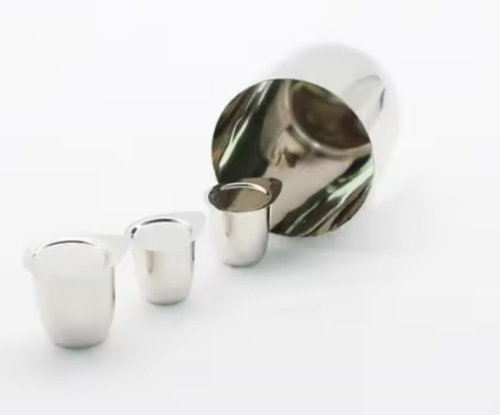
3. Electrical Contacts
Engineers employ Iridium in certain electrical contacts. These contacts must resist arc erosion during intermittent discharges. This resistance ensures reliable conduction of electricity.
4. Cancer Treatment
Medical practitioners use radioactive isotopes of Iridium in brachytherapy. In this treatment, small radioactive seeds are placed in or near tumours. The seeds emit radiation that destroys cancer cells while sparing nearby healthy tissue. The Iridium-192 isotope is typically used given its targeted radiative properties.
5. Spacecraft and Satellites
Iridium is utilised in the aerospace industry. Components for spacecraft and satellites face high radiation and extreme temperature variations. Its resistance to corrosion secures the longevity of these parts under challenging conditions.
Iridium and PGM Products in Various Industries
PGMs, including Iridium, are employed in a range of sectors. Their chemical characteristics, such as high melting points and resistance to corrosion, are useful in many industrial applications. These metals are used in environments with elevated temperatures and for specialised catalytic reactions.
Iridium is a dense, corrosion-resistant metal with a high melting point. Platinum group metals include platinum, palladium, rhodium, ruthenium, iridium and osmium. Each metal is applied in processes that require high-temperature stability and chemical resilience.
Iridium is incorporated in high-temperature applications, spark plugs, electrical components and certain specialised alloys. It is also applied in catalysts and in brachytherapy. Every member of the platinum group is used for specific purposes.
- Platinum is used in catalysts, jewellery and fuel cells.
- Palladium is applied in catalysts, electronics and hydrogen processing.
- Rhodium is used in catalysts and certain jewellery items.
- Ruthenium is employed in electronics and selected chemical processes.
- Osmium is used in the production of alloys and in specific industrial processes.
Stanford Advanced Materials (SAM) has over 20 years of experience in supplying high-quality Iridium and PGM products. The company provides catalysts, crucibles and materials for vapour deposition at competitive prices. They can also adjust these products to meet specific requirements.
Conclusion
In summary, Iridium is applied in several industries. It is used in laboratory equipment, spark plugs, electrical contacts, medical treatments and aerospace components. Its utilisation contributes to advancements in technology and healthcare by ensuring reliable performance in demanding conditions.

 Bars
Bars
 Beads & Spheres
Beads & Spheres
 Bolts & Nuts
Bolts & Nuts
 Crucibles
Crucibles
 Discs
Discs
 Fibers & Fabrics
Fibers & Fabrics
 Films
Films
 Flake
Flake
 Foams
Foams
 Foil
Foil
 Granules
Granules
 Honeycombs
Honeycombs
 Ink
Ink
 Laminate
Laminate
 Lumps
Lumps
 Meshes
Meshes
 Metallised Film
Metallised Film
 Plate
Plate
 Powders
Powders
 Rod
Rod
 Sheets
Sheets
 Single Crystals
Single Crystals
 Sputtering Target
Sputtering Target
 Tubes
Tubes
 Washer
Washer
 Wires
Wires
 Converters & Calculators
Converters & Calculators
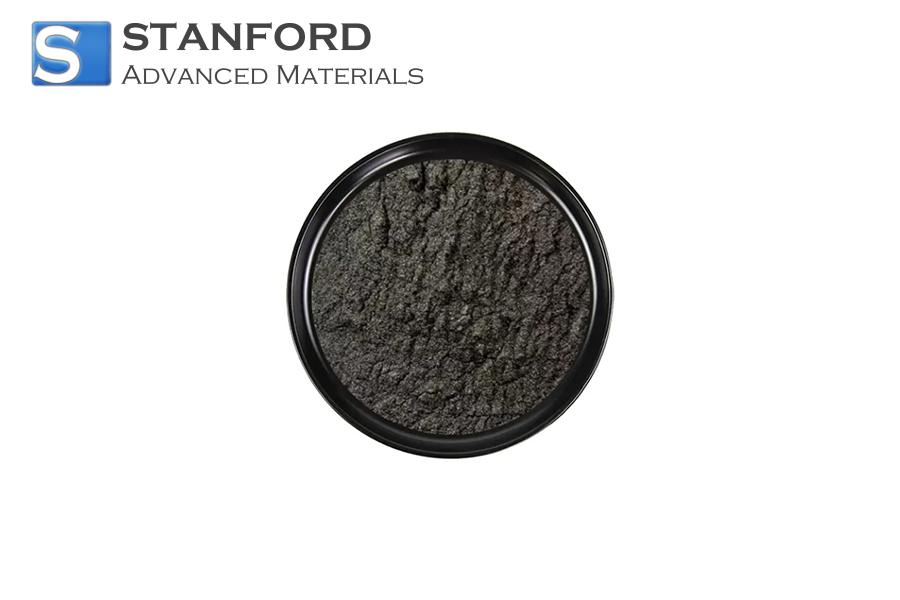
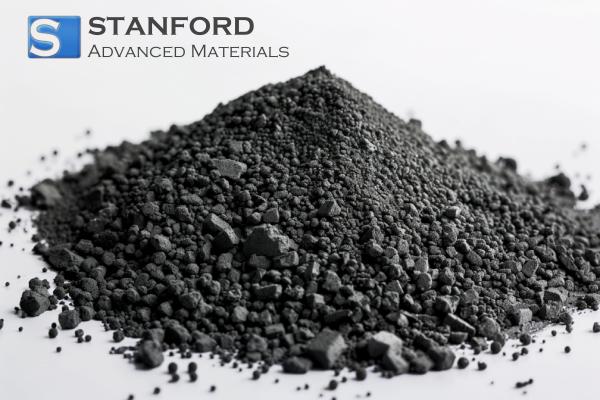
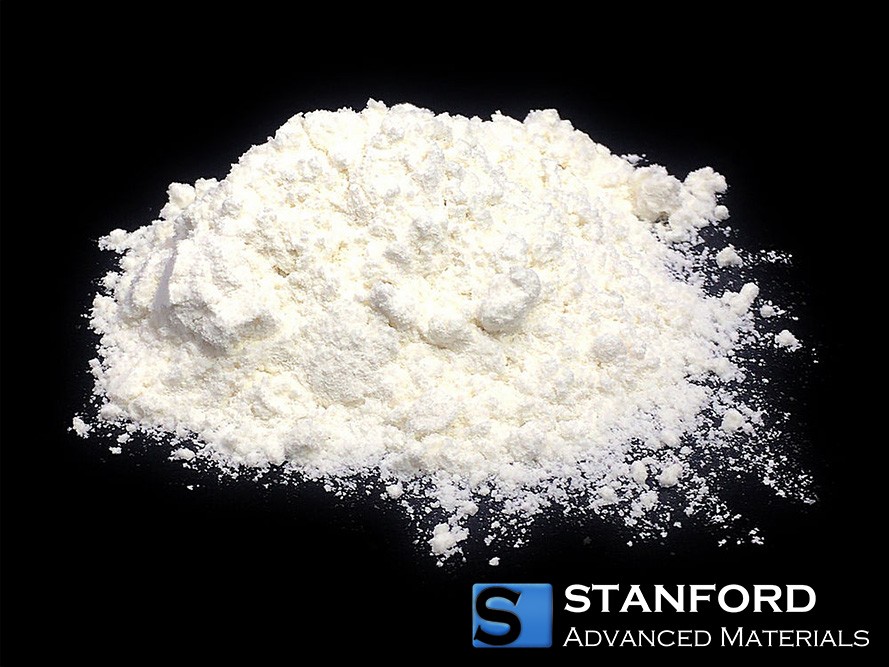
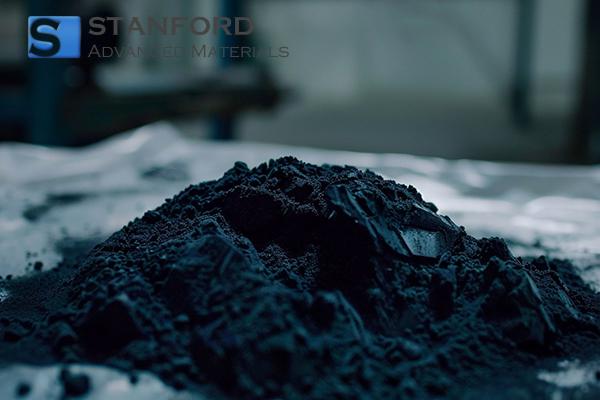
 Chin Trento
Chin Trento



